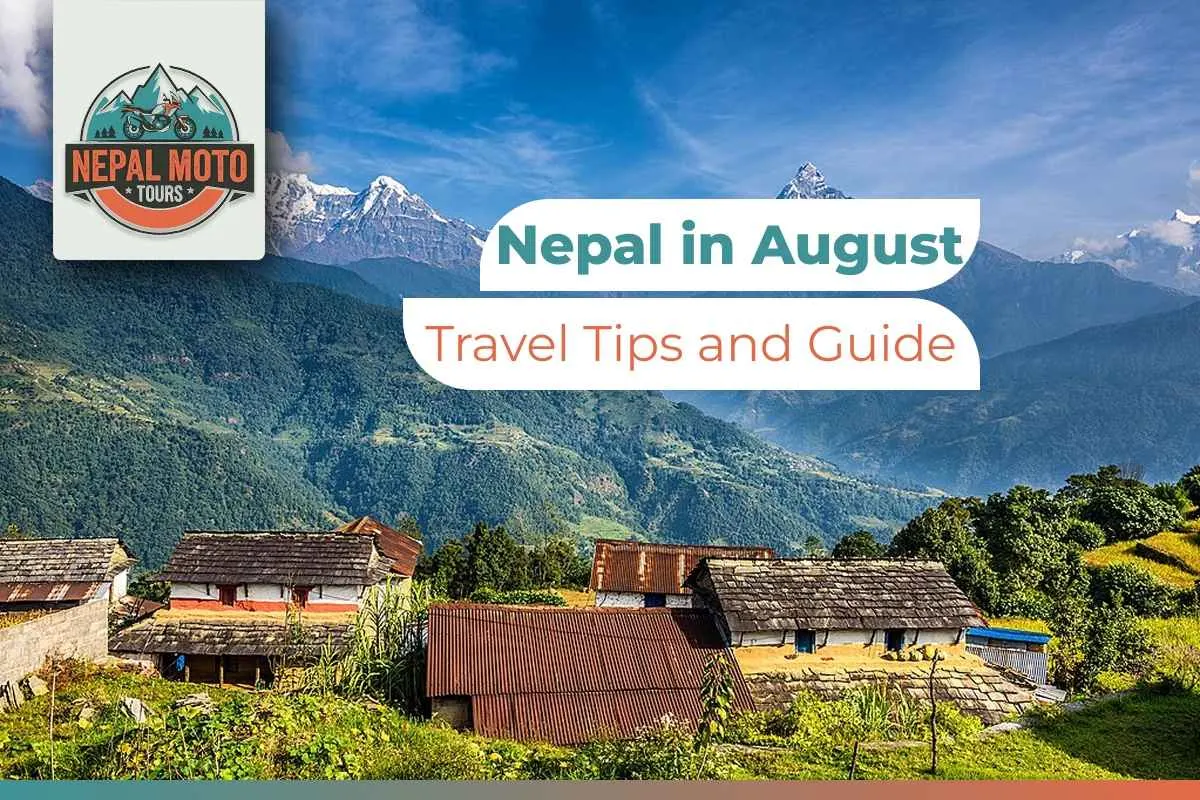Nepal offers a lifetime adventure of culture, spiritual atmosphere, and amazing scenery. A traveler visiting Nepal can witness picture-perfect mountain roads, old temples situated in the valleys, and the Himalayas extending into the skies.
To many people, going solo to this place is an adventure of freedom, finding oneself, and the unity with the natural environment and people. But solo travel also comes with its own set of challenges. From navigating unfamiliar terrain to ensuring personal safety, preparation is key.
In this blog, we will discuss 12 essential safety tips to help solo travellers experience the best of Nepal confidently and responsibly.
Is Nepal Safe for Solo Travelers?
Yes, Nepal is relatively safe among solo travelers, including women. In 2023, according to the U.S. News and World Report, Nepal was listed in the top 20 safe destinations to visit alone. The crime rate does not match that abroad, and the people are friendly, hospitable, and helpful. Tourist areas are filled with people who speak English, and solo travelers may easily find a new friend and someone to offer assistance when it is necessary.
Still, the best way to stay safe is to be aware and prepared. Even in quiet or remote places, small thefts or scams can happen. But with a bit of common sense and planning, you can easily avoid most problems. That’s why it’s so important to understand your surroundings, respect the local culture, and take simple steps to keep yourself safe.
12 Safety Tips for Solo Travelers in Nepal
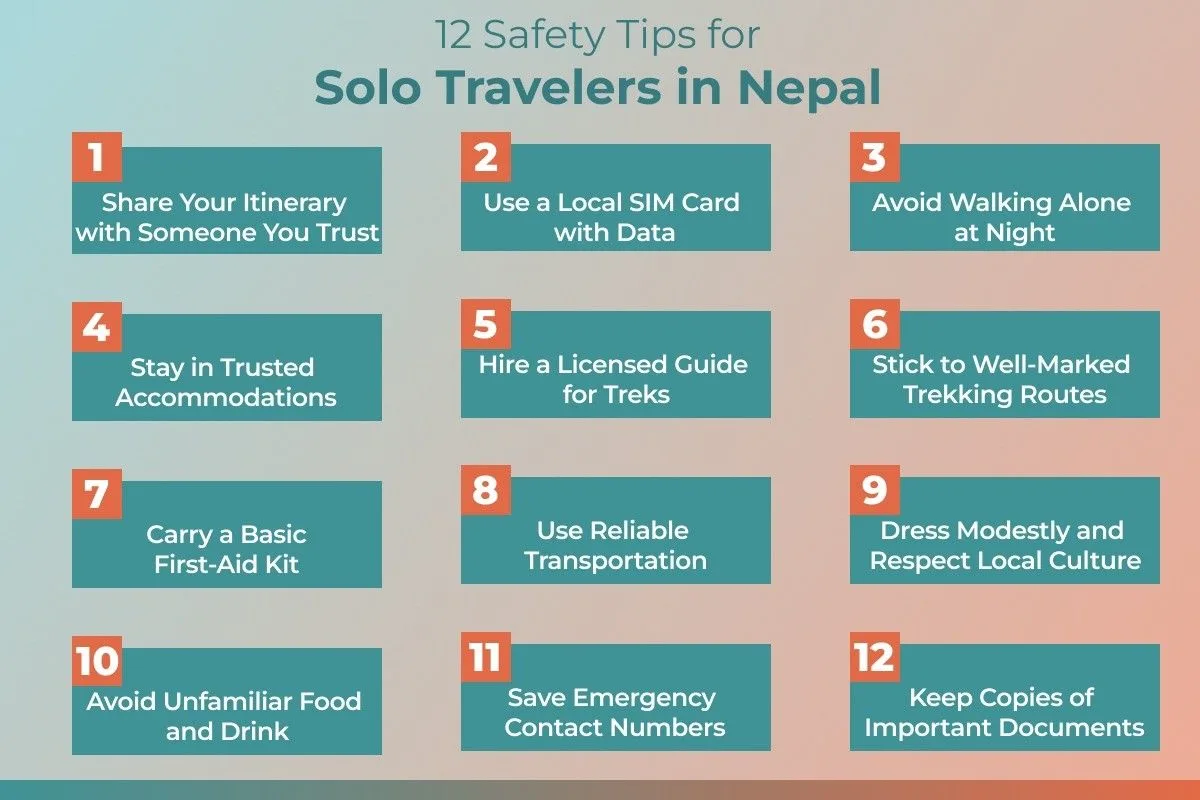
Before going on your solo adventure, it is good to know what precautions you are supposed to take, and you do not intend to get caught unawares. Here are 12 safety tips for travel that are trusted by veteran travelers as well as the local guides.
1. Share Your Itinerary with Someone You Trust
Whether you're embarking on a short hike around Pokhara or a multi-day trek through the Langtang region, always share your travel plans with someone you trust. This involves your itinerary, place of stay, check-in hours, as well as any modifications you expect.
In most regions where there are mountains, the cell phone coverage may be low or absent. If something goes wrong and you're out of contact, having a friend or family member aware of your schedule can significantly speed up rescue or emergency support. Making an extra precaution by informing your hotel manager or a tour agency can serve as a security measure as well.
2. Use a Local SIM Card with Data
Staying connected is not only important for navigation, but also in times of emergency or finding crucial travel information. Prepaid SIM cards from Nepal Telecom and Ncell have cheap data rates and are suitable for use in most of the cities and famous trekking areas within the country.
Having internet access enables you to use Google Maps, check weather forecasts, translate local languages, or even video-call loved ones. Ensure your phone is unlocked and ask for assistance in shops if you're unfamiliar with local SIM installation.
3. Avoid Walking Alone at Night
Although populous tourist districts such as Thamel in Kathmandu or Lakeside in Pokhara are rather safe, it is better not to walk on the streets after dark, and even more, in less familiar and quieter alleys.
Streets in Nepal can have inconsistent lighting, and the condition of the road can be slippery. Instead, consider going back to your place of stay before the sun goes down, or take a reliable cab or ride-sharing service. There is also the option of hotel shuttle services or even requesting the restaurant staff to bring you transportation in the cities.
4. Stay in Trusted Accommodations
Consider staying in guesthouses, lodges, or hotels with good reviews and recommended by other travelers. In countries such as Nepal, booking services such as Booking.com, Agoda, or Airbnb will have a list of verified properties with reviews.
When you get on site, check out the given environment: Is the door lock reliable? Are there security or reception, 24/7? A well-reviewed facility guarantees not only comfort but a relief of mind, in case you arrive late or carrying some expensive goods.
5. Hire a Licensed Guide for Treks
Hiking is a personal adventure that may be thrilling yet dangerous, given the uncertain weather conditions, landslides, or possible medical problems such as altitude sickness. You can add an extra layer of safety by hiring a licensed guide or taking part in small groups.
They have trained certified guides who can carry out first aid and are experienced in tricky trails. In a remote area, the Nepal Tourism Board can offer the possibility of adding a guide to enhance your safety by 70%. Besides, it supports the local economy and enhances your cultural understanding through shared stories and insights.
6. Stick to Well-Marked Trekking Routes
Nepal has some of the most well-marked trekking trails in the world such as The Everest Base Camp, Annapurna Circuit, and Poon Hill. These trails are well covered, full of teahouses, and followed up often enough to be safer to be solo hiked.
Avoid the temptation to go off-trail, as unmarked paths may cause a person to enter areas of hazardous terrain or wild animal habitat. You can always add adventure by choosing side trails within the main route, but always inform someone and use maps or GPS trackers.
7. Carry a Basic First-Aid Kit
Numerous paths and villages in the countryside might not have quick access to medical care. It is advisable to bring a small first-aid kit with basic items, namely antiseptic wipes, band-aids, pain ointment, altitude sickness medicines, and your prescribed medications.
Also, the tap water in Nepal is not safe to drink, so it would not be a bad idea to take water purification tablets or a LifeStraw. There is always some risk that a small cut, a headache, cold may spoil your day, and you should be ready.
8. Use Reliable Transportation
Nepal has public buses, which are inexpensive but are at times overcrowded and not very comfortable, and erratic. To improve safety and comfort, board tourist buses, take a taxi with a driver ( or Pathao, or InDrive in cities like Kathmandu and Butwal)..
When renting a bike in Nepal, always make sure you have a valid international driving permit and wear a helmet at all times. Choose rental providers that offer insurance coverage, and make sure to read customer reviews before booking. These simple steps can help ensure a safe and hassle-free riding experience in Nepal.
9. Dress Modestly and Respect Local Culture
Nepal is a very conservative nation, particularly in the rural or religious regions. In order to demonstrate respect, you need to focus on the way you dress, covering your shoulders and knees, as well as following the same strategies to prevent unwanted attention.
Also, take off your shoes when entering temples and monasteries and your hats. It is also advisable to take permission before snapping photographs of people or even places of worship. The locals tend to give back the respect of their culture with kindness and hospitality.
10. Avoid Unfamiliar Food and Drink
Nepalese food is quite good, yet stomach problems are likely to affect new travelers. Avoid raw or poorly cooked food, unpeeled fruits, and street food, unless you see them being freshly prepared.
Only drink bottled or boiled water and avoid ice cubes unless you're sure that the water stream is clean. It can be a lifesaver to carry probiotics or anti-diarrhea medicine in case your stomach does not like a dish.
11. Save Emergency Contact Numbers
Always have a list of necessary emergency contacts:
- Tourist Police: +977-1-4247041
- Ambulance: 102
- The embassy of your country in Nepal
- The contact number of your hotel
You also have to save an outline of your tour company (in case one is available). Write down and keep printed and online copies of these numbers in case your phone battery goes out or the phone is damaged.
12. Keep Copies of Important Documents
When you are traveling alone, if you lose your passport or visa, it may become a great problem. Carry photocopies (in both digital and hard copy) of your passport, travel insurance, visa, and booking receipts.
Think about saving documents on cloud storage (such as Google Drive) or safe applications (such as 1Password) to be able to access them anywhere. This backup would simplify things in case you need some replacements, or something goes wrong, or happen in the event of an emergency.
Pros and Cons of Solo Travelers in Nepal
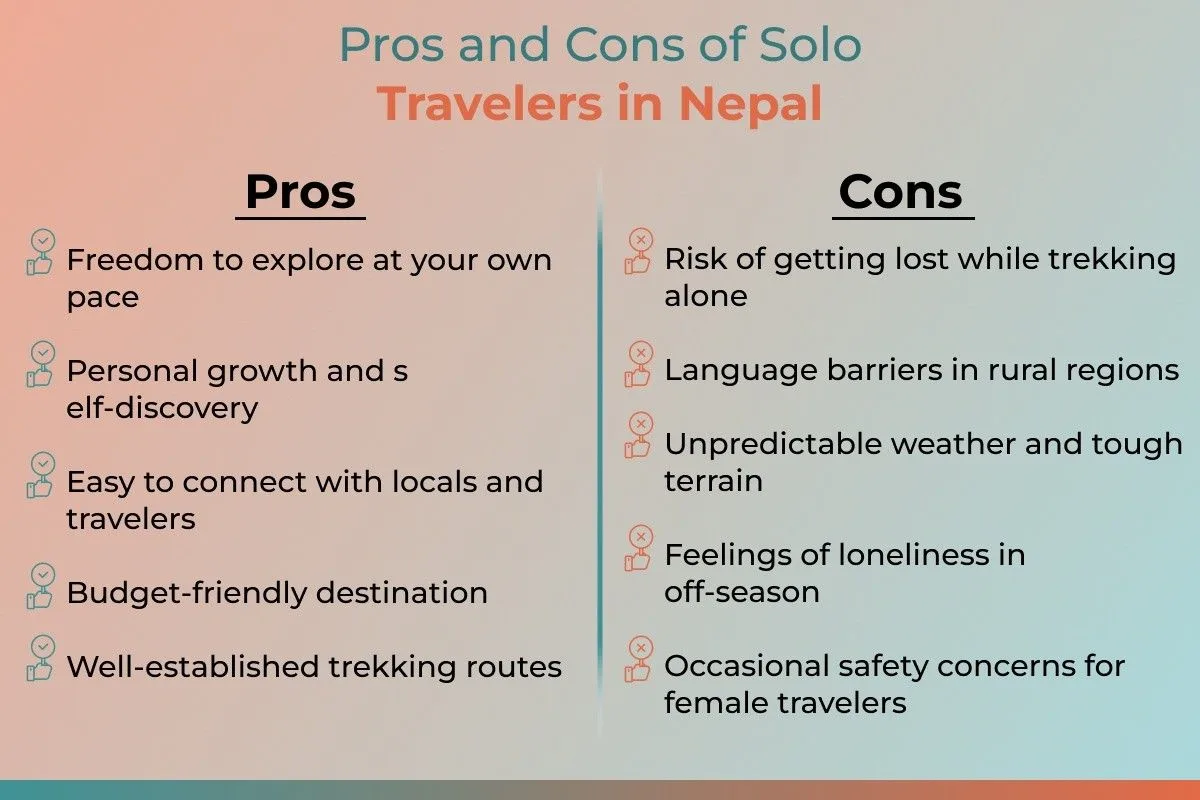
Solo travel offers a unique opportunity to connect deeply with yourself and your surroundings, but it also comes with responsibilities. Understanding both sides will help you make smarter decisions while exploring this beautiful country.
Here are some of the pros and cons of traveling alone in Nepal so that you understand what you are walking into:
Pros:
- Freedom to explore at your own pace: No difficult choices about destinations and timetables.
- Personal growth and self-discovery: Solo travel makes you stronger and independent.
- Easy to connect with locals and travelers: Nepalis are noted to be very hospitable people, and it is very easy to meet fellow solo travellers in teahouses and on buses.
- Budget-friendly destination: Food, transport, and rooms are cheap as compared to other countries.
- Well-established trekking routes: They have well-developed trekking routes such as EBC and Annapurna, which are suitable for all kinds of people and even solo travelers.
Cons:
- Risk of getting lost while trekking alone: In certain circumstances, like during a foggy day or in the off-season, when there are no people around the trails.
- Language barriers in rural regions: English is not a common language in the villages, hence you may need gestures or interpretations in the villages.
- Unpredictable weather and tough terrain: Landslides, snow, or extreme sun are impossible to predict out in the wild without suitable equipment.
- Feelings of loneliness in off-season: During off-season, fewer tourists imply fewer people to socialize with in remote locations.
- Occasional safety concerns for female travelers: There may be some minor stares or harassment, and the most important thing is situational awareness.
Conclusion
Nepal is a magical destination for solo travelers, and with the right precautions, it’s entirely safe and rewarding. By planning your trip thoughtfully, respecting the culture, and taking care of your health and communication, you’ll unlock the best this country has to offer.
Remember: safety isn’t about fear, it’s about empowerment. Use these tips as your safety compass and step into your solo journey with confidence.
Do you want to explore Nepal on a bike? Nepal Moto Tours can help you do it safely and easily. Book your ride today and enjoy the adventure.
FAQs
How safe is Nepal for solo travellers?
Nepal is generally safe for solo travelers, including women. Tourist areas are well-patrolled, and locals are friendly. Basic safety practices, like avoiding unlit areas and using trusted transport, ensure a smooth experience.
How can I protect myself while traveling?
Always stay connected, share your plans, carry emergency contacts, and stay aware of your surroundings. Trust your instincts and avoid risky situations.
How do I get over my fear of traveling alone?
Start small, plan your itinerary in detail, and stay in trusted accommodations. Interacting with other travelers helps build confidence and reduces loneliness.
What to do when solo travelling?
Explore at your own pace, try local cuisine, join day tours, keep a journal, and embrace spontaneous moments. Solo travel is the perfect chance for personal growth.


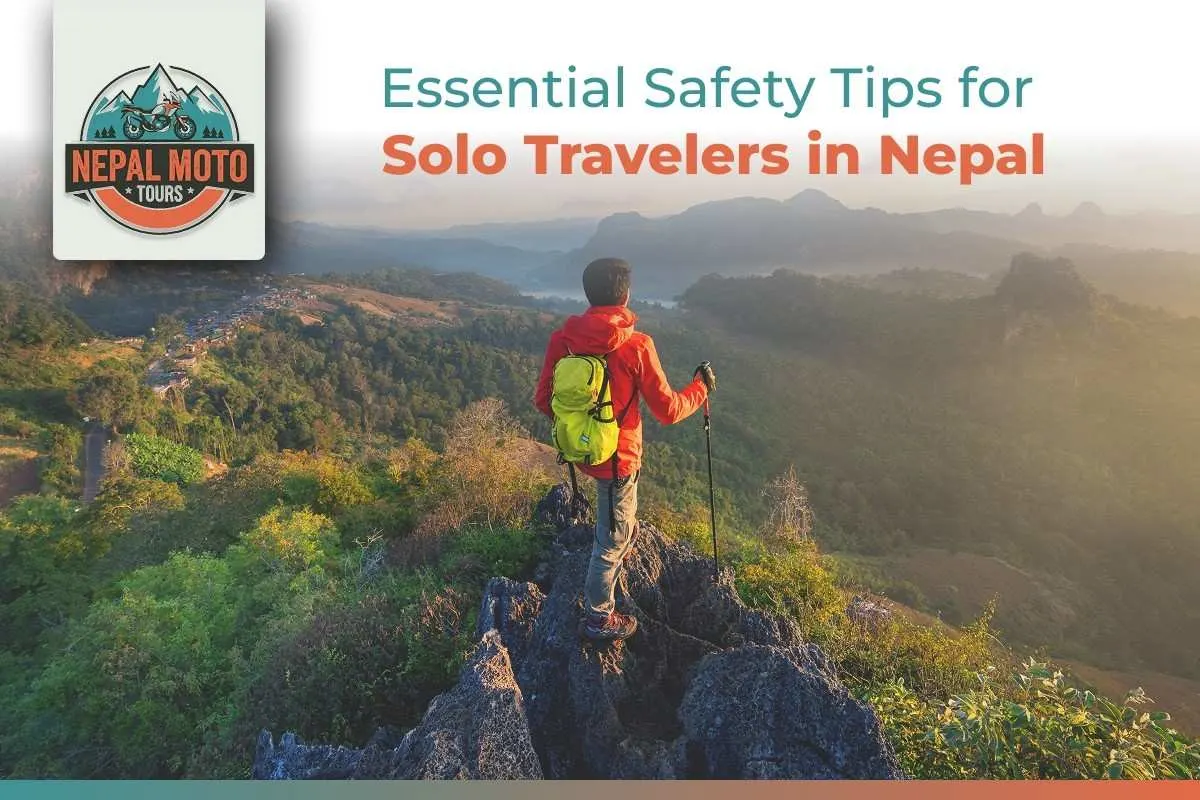
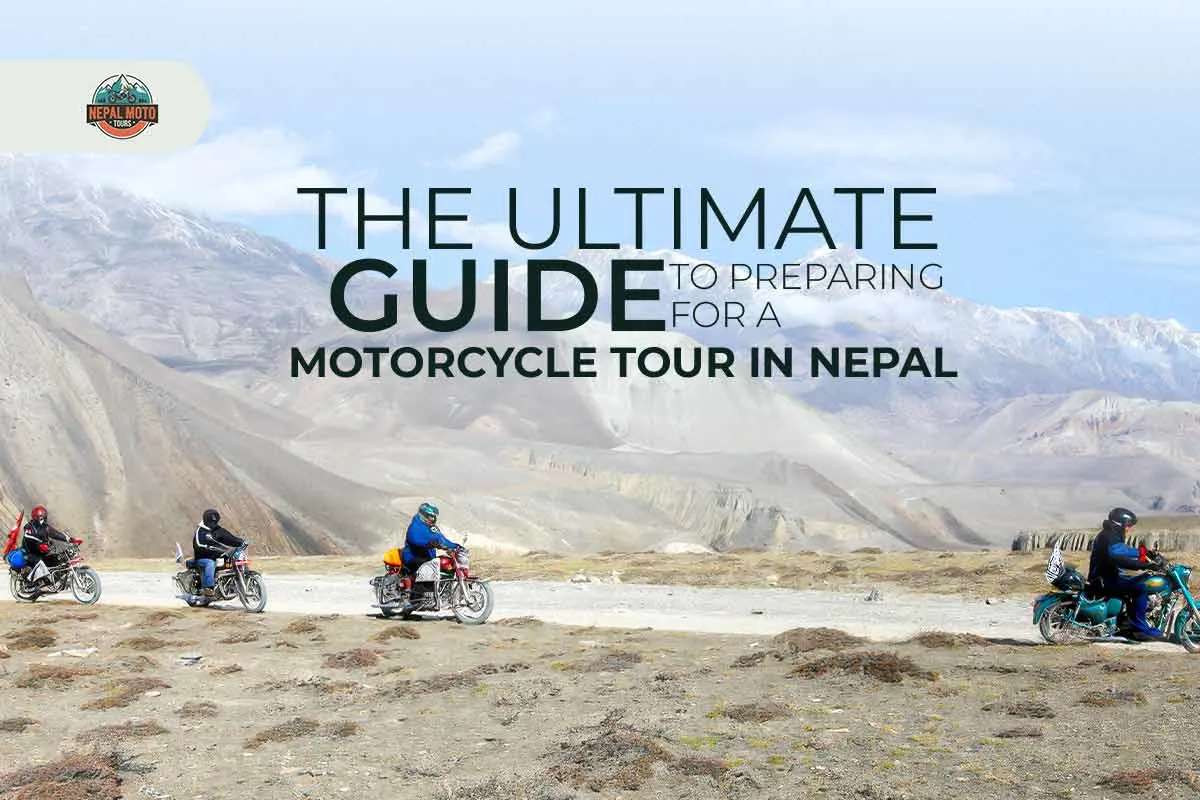
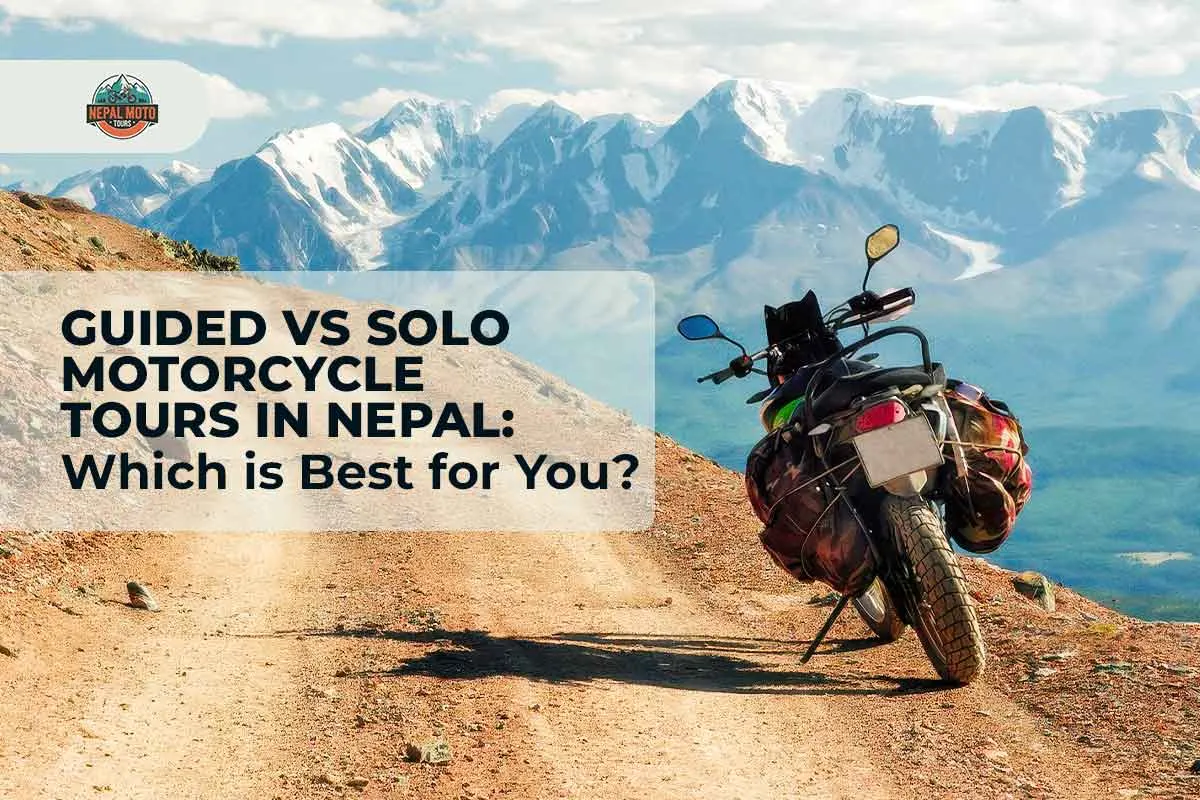
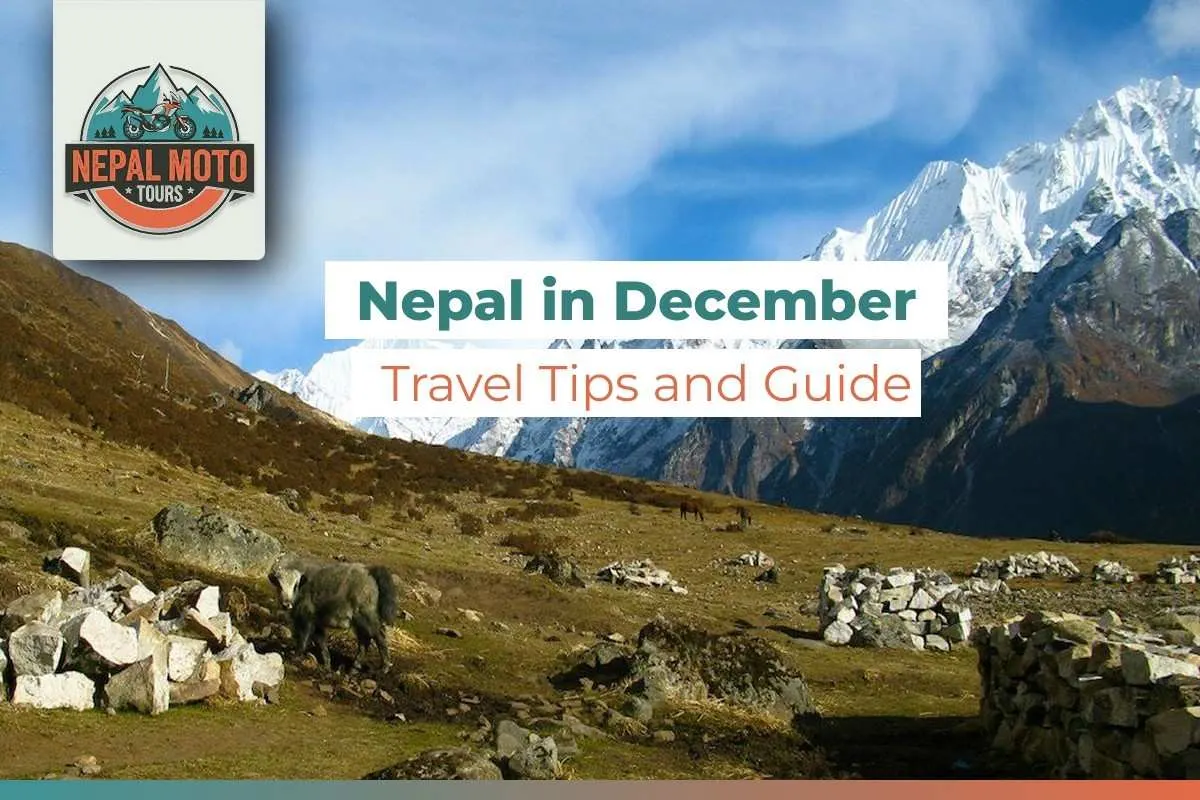
 Best places to visit in Nepal.jpg)
